Posted in: 04/19/2021
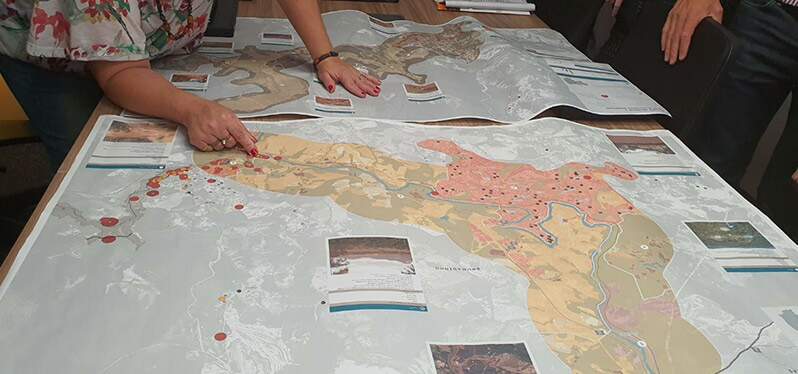
The Territorial Studies methodology, developed by Synergia, can be carried out in relation to any situation of study of a locality, comprising actions of restructuring and productive development, resettlements, negotiation and land tenure regularization, territorial planning plans, cartographic surveys and use of the of Georeferenced Information (GIS), among other activities carried out to plan solutions aimed at positively transforming the territory.
When used in emergency situations, which can be post or pre-disasters, the methodology takes as a reference the Disaster Management Cycle [1] and is based on the successive approximation of reality in analyzes and syntheses that aim to build, together with the interested parties. (internal and external actors), a support for the redevelopment of territories in sustainable ways. Thus, it provides an integrated, objective, agile and adaptable look at the needs of emergency situations and the beginning of reparatory processes with a structuring and participatory perspective.
|
Each of the approximations to reality is called the Mastery Level. At the first two levels, the sources of knowledge are secondary, involving scientific works and technical documents, social media, databases and technical surveys.
At the following levels, with the social actors already identified, spatially located and with the qualified impacts, that is, with the necessary inputs for the definition of an assertive and collaborative approach, the work starts to involve all the interested parties in the repair decisions and redevelopment.
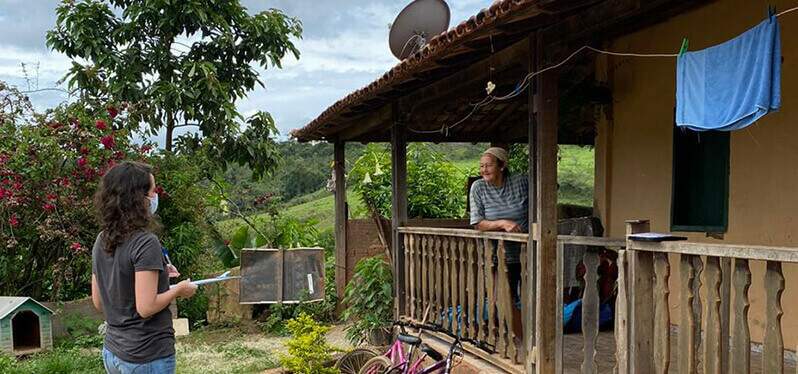
It is noteworthy that these phases are not rigid and, eventually, contain moments of intersection, they merge, mainly due to the dynamics of events and interactions and the client’s need for each of the territories under study.
The elaboration of Territorial Studies is adapted to the client’s objectives and has the following purposes:
Since 2019, Synergia has been working with the Territorial Studies methodology in areas of imminent risk of dam failure and, therefore, subject to preventive actions guided by the Emergency Action Plans for Dams (PAEBM).
Regarding the PAEBM, it is interesting to highlight that its objectives are:
|
In the works that Synergia develops in contexts of ruptures and/or elevation of emergency level of mining dams, the products aim to provide an understanding of the effects of the prolonged state of risk of rupture of the dams and of the prevention measures foreseen in the legislation on the population of these territories, as well as the works to minimize the risk and de-characterization of dams.
To this end, in addition to the different impacts identified and the emergency, repair and compensation responses to face them, the presence and patterns of action of the different social actors and the existing strengths and weaknesses are considered, based on situational analyzes.
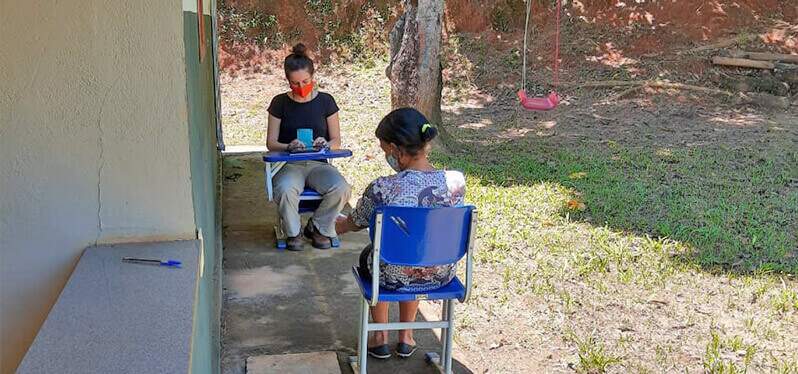
The entire process and its products converge in the sense of subsidizing the governance of territories in a strategic and participatory manner. Therefore, the importance of technical work together with the client to provide follow-up, obtainment and exchange of information relevant to the deepening of the analyzes based on the methodology, including the recommendations of strategies to be considered.
This system is foreseen as a methodological procedure in order to make the results more adherent to the clients’ needs, allowing their immediate use, as well as guaranteeing the robustness of the content that will configure each specific level of Territorial Studies.
Several information management resources are applied; cartographic production; panels and situational analyses, among other tools, suitable for each level of study domain.
Directorate of Socioterritorial Development
Text prepared by Mariana Sena Lara – Project Coordinator
[1] General and phase-specific content is detailed in the UNDP document METHODOLOGICAL GUIDE FOR POST-DISASTER RECOVERY PLANNING PROCESSES, 2011. Available at: https://www.preventionweb.net/publications/view/32306
[2] For more information on risk classification and levels, laws, resolutions and ordinances: https://www.gov.br/anm/pt-br/assuntos/barragens/e-book-livre-legislacao-federal -brasileira-in-security-of-dams-author-luiz-paniago-neves
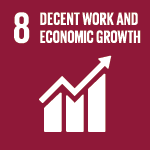
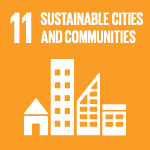
Sign up and receive our news.